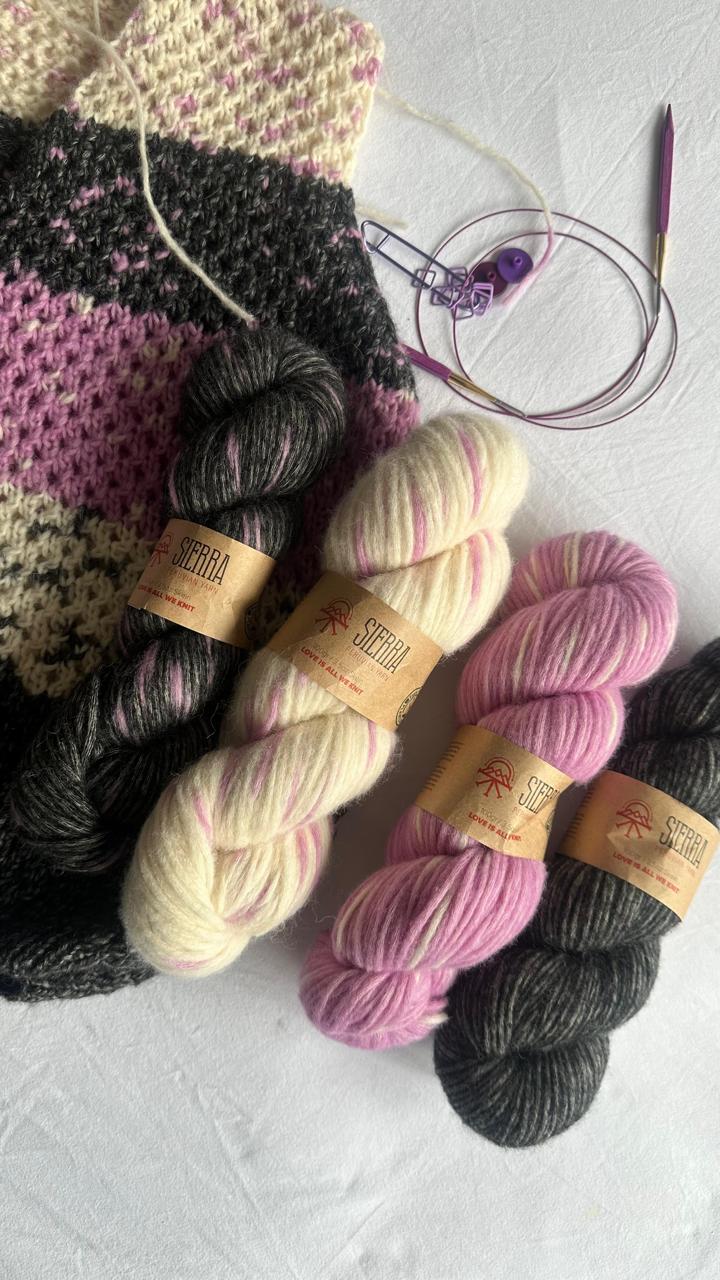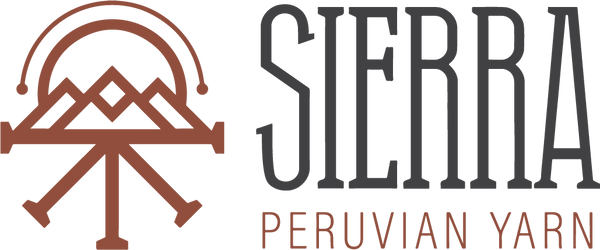If you’ve ever started a crochet project and found your yarn splitting, your hook snagging, or your stitches looking uneven — the problem might not be you.
It might be your yarn.
Choosing the right yarn for crochet makes a huge difference in your results, your enjoyment, and your finished piece. In this post, we’ll break down the best (and worst) types of yarn for crocheting — especially if you're working on garments, blankets, or accessories you actually want to wear or gift.
✅ The Best Yarn Types for Crochet
1. Cotton (Especially Pima Cotton)
Cotton is smooth, breathable, and holds its shape beautifully — which makes it ideal for summer garments, accessories, and home decor.
👉 Why it’s great for crochet:
-
Crisp stitch definition
-
Doesn’t stretch too much
-
Feels cool and soft in your hands
-
Easy to frog (undo) without fuzzing
💡 Pro tip: Pima cotton is even softer and stronger than regular cotton — ideal for luxury-level comfort.
2. Baby Alpaca (Blended with Cotton or Other Fibers)
Alpaca is ultra-soft, warm, and has a beautiful drape — but when blended with cotton, it becomes a dream for crochet.
👉 Why it works:
-
Offers softness and structure
-
Natural thermoregulation (great for all seasons)
-
Feels luxurious without being too slippery
-
Adds lightness to your work
🧶 Sierra Yarns’ signature baby alpaca + Pima cotton blend gives you softness, control, and elegance — perfect for modern crochet projects.
3. DK or Worsted Weight Yarns
These yarn weights are the easiest to work with, especially for beginners. They aren’t too thin (which can feel fiddly) or too bulky (which can feel stiff).
👉 Look for:
-
DK (Double Knitting) for garments and shawls
-
Worsted for blankets, sweaters, and scarves
❌ Yarns to Avoid (Especially for Beginners)
1. Very Fuzzy or Hairy Yarns (Like Mohair or Bouclé)
These yarns may look dreamy in the skein, but they’re a nightmare to crochet with — especially if you need to undo stitches.
🚫 Why not:
-
Difficult to see your stitches
-
Almost impossible to frog
-
Can tangle and frustrate even advanced crocheters
2. Cheap Acrylic Yarns
Yes, they’re affordable — but many feel scratchy, squeak on your hook, and don’t hold their shape well over time.
🚫 Why not:
-
Often stiff or plasticky
-
Tends to pill and fray
-
Poor stitch definition, especially in wearables
(Note: Some high-quality acrylic blends can be okay for amigurumi or practice, but they’re rarely ideal for scarves, garments, or heirloom projects.)
3. Super Bulky Yarns
They can look tempting, especially for “quick” projects — but they’re harder to control, limit stitch detail, and create pieces that are often too stiff.
✨ Final Tip: Feel Matters
Crochet is tactile — so how your yarn feels in your hands can make or break your experience. Look for yarns that glide smoothly on your hook, don’t split easily, and feel good for hours of crafting.
And remember: you don’t need to be an expert to use quality yarn.
Soft, natural yarns make every project easier — and more enjoyable — from the first chain to the last stitch.
🧶 Want a Yarn That’s Made for Beautiful Crochet?
Our Cloudtouch™ blend: Andean Spirit/ Andean Solid— 60% baby alpaca + 40% Pima cotton — is incredibly soft, easy to work with, and created specifically for crafters who care about both feel and finish.


